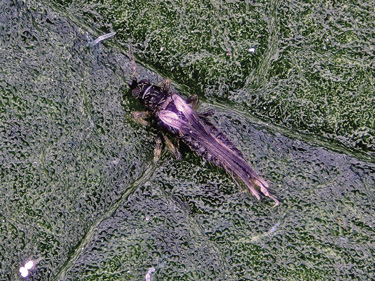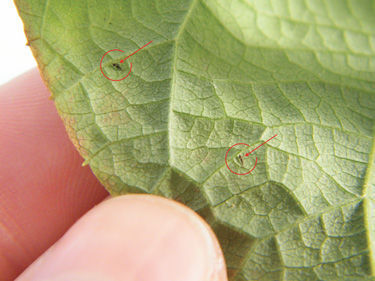Greenhouse thrips
15 December 2017
Poinsettia thrips update
MPI is continuing to investigate the presence of Poinsettia thrips, which were first detected in an Auckland greenhouse in August. MPI has been working closely with the Auckland greenhouse where Poinsettia thrips were detected and has carried out surveillance and monitoring. The greenhouse has also been re-treated and re-inspected since the initial find to ensure presence of no further thrips.
NZPPI is working with MPI and the other affected industries to monitor presence of poinsettia thrips in New Zealand. MPI recently ran training for a small surveillance team, and will be carrying out targeted surveillance at some glasshouse facilities close, or linked, to the original Auckland glasshouse.
MPI has also agreed to NZPPI’s request for a short video clip for growers - to deliver benefits of the training wider, and assist plant producers and other growers to train their staff on hygiene and surveillance procedures. We’ll share this as soon as it’s ready.
Please remain on the lookout (particularly while MPI surveillance and monitoring continues to complete the big picture). If you detect something that may be a poinsettia thrip, transfer into a collection vial using a small brush and contact the MPI Exotic Pest and Disease hotline on 0800 80 99 66.
A fact sheet is available.
1 September 2017
Poinsettia thrips detected in an Auckland greenhouse
In August 2017, Poinsettia thrips, Echinothrips americanus, were detected in an Auckland greenhouse. We are asking growers and retailers to check house plants and greenhouse vegetable and fruit plants to help determine if the thrips have spread.
If you detect, or suspect that you have seen Poinsettia thrips, please immediately contact MPI on 0800 90 80 66.
- Poinsettia thrips are an Unwanted Organism in New Zealand, and can feed on a wide range of host plants, causing damage to greenhouse crops such as house plants and cut flowers, tomatoes, and capsicums. Overseas it's also been reported on impatiens and chrysanthemum.
- This species is already widespread throughout the USA, and parts of Europe and Asia. No previous incursions of E. americanus into New Zealand have been recorded.
- Poinsettia thrips cause mechanical chewing and feeding damage to host plants, particularly on older leaves.
- Greenhouse plants with woody stems (eg houseplants) seem to be more affected than softer stemmed plants such as vegetables.
- Due to New Zealand’s cooler climate, we understand that Poinsettia thrips will not survive outside greenhouses.
- So far, no Poinsettia thrips have been detected in any other part of New Zealand.
We are seeking the assistance of all greenhouse growers and retailers to undertake surveillance for thrips to find out whether or not it is more widely distributed.
Please see the Poinsettia thrips fact sheet on what to look for, and actions to take if thrips are detected.

Poinsettia Thrips are 1.7mm in length and have a pale band across the body



